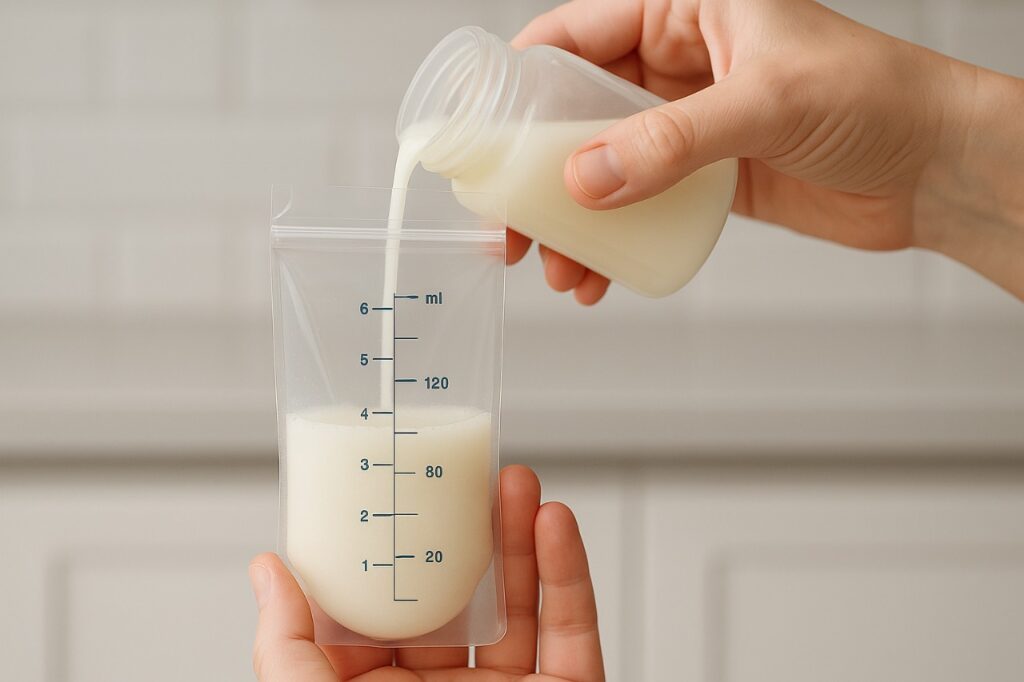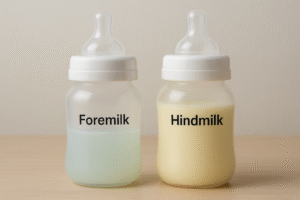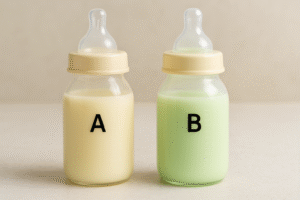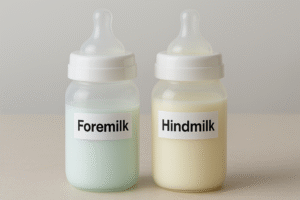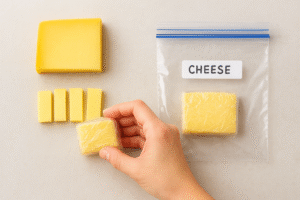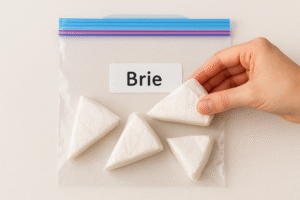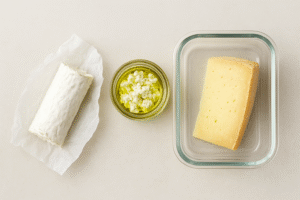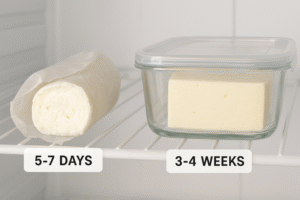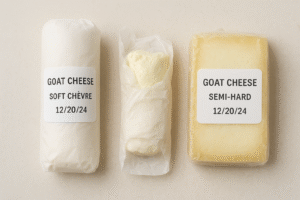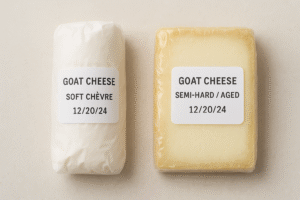Learn the safest way to fill, seal, freeze, and thaw breast milk storage bags — with real mom-tested tips and CDC-approved handling practices.
Why Learning Proper Bag Use Matters
Using breast milk storage bags sounds easy — until a bag leaks or bursts in the freezer. Many U.S. moms report frustration with spills, poor seals, and wasted milk simply because they weren’t shown the correct technique.
This guide walks you through every step of the process, combining medical recommendations with real-life tips shared by experienced pumping moms online.
👉 Check the official CDC Breast Milk Handling Guidelines for safety standards.
Understanding Breast Milk Storage Bags
Breast milk bags come in two main varieties — disposable plastic and reusable silicone — each designed for hygiene and convenience. They are pre-sterilized, easy to label, and space-saving compared to bottles.
However, not all bags behave the same when frozen or thawed. Premium options like Motif and Lansinoh tend to withstand expansion better, while thinner brands may crack or leak if overfilled.
For a full breakdown of material safety, see
👉 Best Milk Storage Containers: Glass vs. Plastic vs. Metal (Ultimate USA Buying Guide).
Step 1: Wash Hands and Prepare Fresh Milk
Cleanliness is everything. Wash your hands for 20 seconds with soap and warm water.
Let freshly pumped milk cool to room temperature before pouring — adding warm milk directly to a cold bag can cause condensation and potential spoilage.
Pro Tip: Wipe down your countertop and always open bags with clean, dry fingers.
Step 2: Pour Without Spills — The Funnel Trick
Hold the bag open using one hand or place it in a cup or mug for stability.
Use a small funnel if needed — it prevents splashes and keeps your milk off the bag’s zipper area.
Fill up to 4–6 oz only (based on mom-tested data from Reddit pumping forums).
Avoid overfilling — it’s the top cause of freezer leaks and burst seams.
Step 3: Remove Air and Seal Properly
Before sealing, lay the bag flat and gently press out the extra air.
This not only saves space but also prevents freezer burn — a common reason milk smells “soapy” later.
Run your finger along the zip seal to double-check for closure.
For double-zip bags, press both lines tightly — you should feel a firm snap.
(Source: URMC Rochester Medical Center)
Step 4: Label and Date for Easy Tracking
Write the date, time, and ounces before freezing.
Always label before filling — writing on a cold, wet bag smudges ink.
Moms often forget which bag is oldest; using color-coded markers or sticky dots helps visually track the pumping order (idea adapted from Mayo Clinic’s guidelines).
Step 5: Freeze Flat for Efficiency
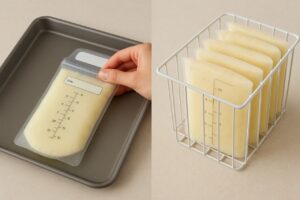
Place filled bags flat on a baking tray or freezer shelf for the first 6–8 hours.
Flat freezing not only saves space but also speeds thawing later.
After they’re solid, move them upright into a labeled freezer box or basket, using the FIFO method (First In, First Out).
👉 Learn the system in How to Organize Breast Milk in Freezer (Flat-Freezing & FIFO Guide).
Step 6: Thaw the Right Way
The safest methods are:
- In the fridge overnight (best for preserving nutrients)
- In warm water (max 37 °C / 98 °F) for faster use
Never microwave or boil bags — it breaks down antibodies and can melt the plastic seal.
When thawed, swirl gently to mix fat and milk evenly. Never shake — it damages proteins.
Bonus Tip: Avoiding Bag Bursts
Moms often complain that bags split open while thawing.
To avoid it:
- Don’t fill above ¾ capacity.
- Leave enough headspace for expansion.
- Use tempered freezer-safe bags for longer storage (brands like Motif or Kiinde are tested for deep freezing).
Common Mistakes to Avoid
❌ Overfilling bags beyond 6 oz
❌ Reusing single-use plastic bags
❌ Writing labels after freezing
❌ Leaving bags open for air exposure
❌ Storing near freezer vents (uneven temperature = freezer burn)
FAQ: Using Breast Milk Storage Bags
Q1: Can I reuse breast milk bags?
Only reusable silicone bags are safe for reuse. Single-use plastic bags are not sterile after opening.
Q2: Can I combine milk from two sessions?
Yes, but cool both portions to the same temperature before mixing.
Q3: How long does thawed milk last?
Up to 24 hours in the fridge, and discard within 2 hours after warming.
Q4: Can I store milk directly from my pump into the bag?
Yes, if your pump is compatible. Check your brand’s connector type for direct attachment.
Conclusion: Store Smart, Save Every Drop
Mastering breast milk bag use isn’t just about convenience — it’s about hygiene, efficiency, and preserving every ounce you pump.
By following these easy, science-backed steps, you’ll protect your milk’s nutrients and make daily feeding smoother.
Always handle with clean hands, label clearly, and store flat — your future self (and your baby) will thank you!

